A Cultural and Historical Overview
Kyoto, once the imperial capital of Japan, is a city steeped in a rich tapestry of history and culture that dates back over a millennium. Established as the capital in 794 during the Heian period, Kyoto has played a pivotal role in shaping the cultural landscape of Japan. Its strategic location in the Kansai region, surrounded by mountains, has historically provided it with natural fortification, allowing it to flourish as a center of politics, religion, and arts.
Today, Kyoto stands as a testament to Japan’s enduring heritage, boasting a plethora of historic temples, traditional tea houses, and meticulously curated gardens. The city is home to 17 UNESCO World Heritage Sites, including the iconic Kinkaku-ji (Golden Pavilion) and the historic district of Gion, known for its geisha culture. Visitors to Kyoto can immerse themselves in the age-old traditions that have been preserved through the centuries, from participating in a tea ceremony to viewing the intricate kimonos worn by locals.
In addition to its architectural wonders, Kyoto hosts numerous festivals throughout the year that celebrate its cultural significance. Events such as the Gion Matsuri, with its grand processions and vibrant floats, showcase the city’s festive spirit and offer a glimpse into its social dynamics. The annual autumn foliage, particularly around the temples, contributes to Kyoto’s reputation as an enchanting destination.
Whether you are a seasoned traveler or a first-time visitor, Kyoto promises to deliver a profound experience that deepens one’s appreciation for Japanese culture and history. The subsequent sections will provide a detailed itinerary for a 3-day exploration of this captivating city, ensuring that you can savor its countless offerings.
Day 1: Exploring Kyoto’s Most Famous Temples
On your first day in Kyoto, immerse yourself in the city’s rich cultural heritage by visiting some of the most iconic temples. Start your day at Kinkaku-ji, also known as the Golden Pavilion. This stunning Zen temple, covered in gold leaf, offers breathtaking views and is surrounded by beautiful gardens. It is advisable to arrive early in the morning to avoid the crowds that often gather later in the day. The temple opens at 9 AM, and an entrance fee of ¥400 grants access to its picturesque surroundings.
After exploring Kinkaku-ji, head to Ryoan-ji, which is famous for its serene rock garden. The juxtaposition of the carefully placed rocks amidst the verdant background creates a tranquil atmosphere perfect for reflection. Ryoan-ji is in proximity to Kinkaku-ji, and the entrance fee is also ¥400. Plan to spend around 30 to 45 minutes here, allowing sufficient time for contemplation of the garden’s simplicity.
Next, visit the Daitoku-ji temple complex, a hub for Zen Buddhism, featuring multiple sub-temples. Each temple has its unique characteristics and is a testament to Zen architecture. While access to individual sub-temples may incur extra fees, the main entrance to the complex is free. Allocate a couple of hours here to appreciate the tranquility and explore the gardens.
Conclude your day at Nanzen-ji, a historic temple that boasts impressive structures, including the Sanmon gate and aqueduct. The vast grounds of Nanzen-ji provide ample opportunities for exploration, and the temple is a gem often less crowded than others. The entry is free, making it an excellent choice for budget-conscious travelers. Take advantage of the late afternoon light for stunning photographs during your visit. Transportation between these locations is convenient via public transit, and a prepaid IC card can streamline your travel experience in Kyoto.
Day 2: Immerse Yourself in Nature and Traditional Culture
Begin your second day in Kyoto with an invigorating morning hike in the picturesque area of Arashiyama. This destination is renowned for its stunning natural beauty and offers a well-marked hiking trail that takes you through the lush landscapes of the region. One of the highlights of your hike will be the iconic Arashiyama Bamboo Grove. Walking through these towering bamboo stalks provides a serene atmosphere that is perfect for reflection and photography. As you stroll through the grove, the sound of rustling leaves will enhance your sensory experience, making it a must-visit when exploring Kyoto.
After experiencing the tranquility of the Bamboo Grove, take a leisurely walk to the nearby Togetsukyo Bridge. This historical bridge offers beautiful views of the river and surrounding mountains, making it an excellent spot for an afternoon pause. The area surrounding the bridge is filled with local shops and cafés, allowing you to enjoy light refreshments as you admire the stunning scenery.
A visit to Iwatayama Monkey Park is a unique and entertaining addition to your day. Located on the opposite side of the river, this park allows you to interact with Japanese macaques in a natural setting. After an exhilarating time with the monkeys, enjoy a traditional Japanese lunch at a nearby restaurant, where you can savor local dishes, such as ramen or sushi, prepared with fresh ingredients.
In the afternoon, immerse yourself in Kyoto’s rich history by visiting Kiyomizu-dera Temple, a UNESCO World Heritage Site. The temple’s wooden stage offers breathtaking views of the cherry and maple trees below, especially during spring and autumn. After exploring the grounds, stroll through the historic streets of Sannenzaka and Ninenzaka, where quaint shops and teahouses showcase local crafts and culinary delights. As evening approaches, consider visiting the Gion district, which is famed for its Geisha culture. Here, you may witness Geishas as they navigate the streets, providing a captivating end to your enriching day in Kyoto.
Day 3: Modern Kyoto Meets Historic Heritage
The third day of your Kyoto adventure offers a delightful blend of modern attractions alongside the city’s rich historical backdrop. Start your day at the Kyoto National Museum, a space dedicated to showcasing the art and heritage of the region. Here, you can explore fascinating exhibits that highlight the evolution of traditional Japanese culture, helping you appreciate the deep historical roots of the city before diving into its contemporary offerings.
After you visit the museum, head to Nishiki Market, a vibrant hub for food lovers and shoppers alike. This bustling marketplace stretches for several blocks and features a wide array of local produce, delicacies, and artisan crafts. As you meander through the market stalls, you’ll encounter a variety of modern culinary creations influenced by international flavors, alongside traditional Japanese street food staples. This juxtaposition of modern and historic elements captures the spirit of Kyoto, allowing visitors to experience the city in its full complexity.
In the afternoon, make your way to the Kyoto Tower, which stands as a modern beacon amid the historic architecture of the city. Ascend the tower for breathtaking panoramic views, giving you a unique vantage point to admire Kyoto’s sprawling landscapes. From this height, you can witness the fusion of the old and new, with traditional pagodas nestled beside contemporary buildings.
As evening approaches, consider your dining options. Kyoto offers an impressive array of culinary experiences, from the intricacies of Kaiseki dining, a traditional multi-course meal emphasizing seasonal ingredients, to more modern eateries that dish out innovative takes on Japanese cuisine. This final evening in Kyoto can be a celebration of both its historical significance and modern vibrancy, ensuring you conclude your trip with a memorable culinary experience.

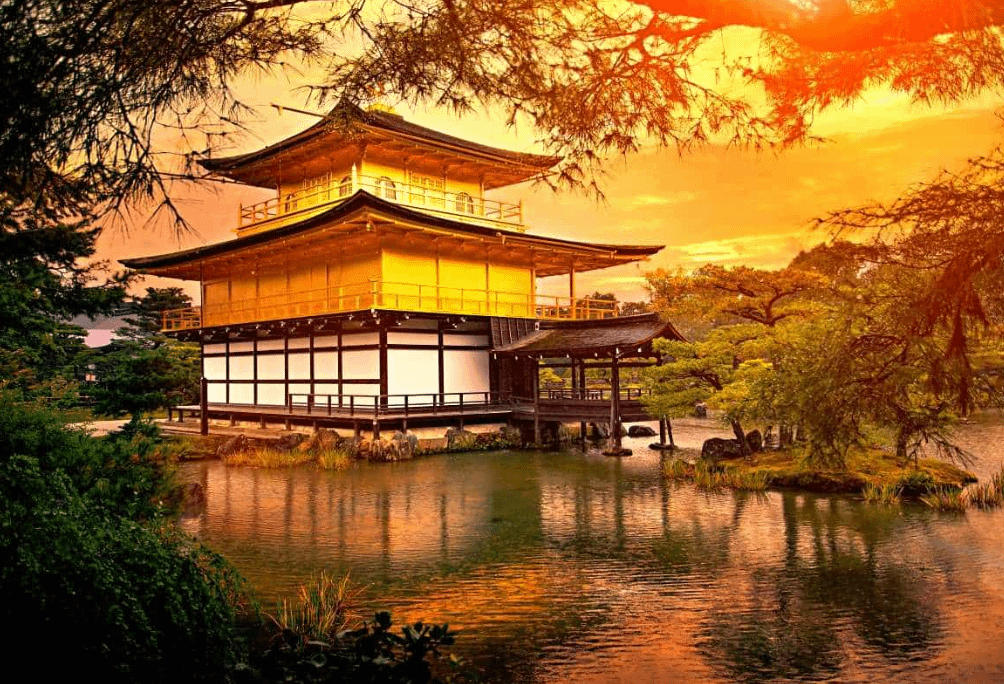
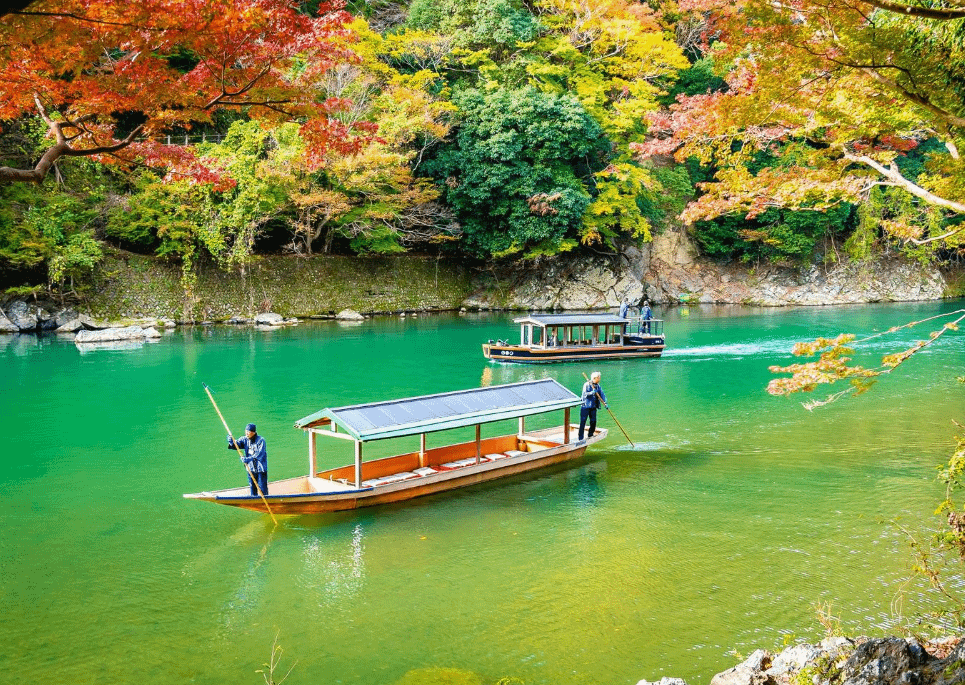
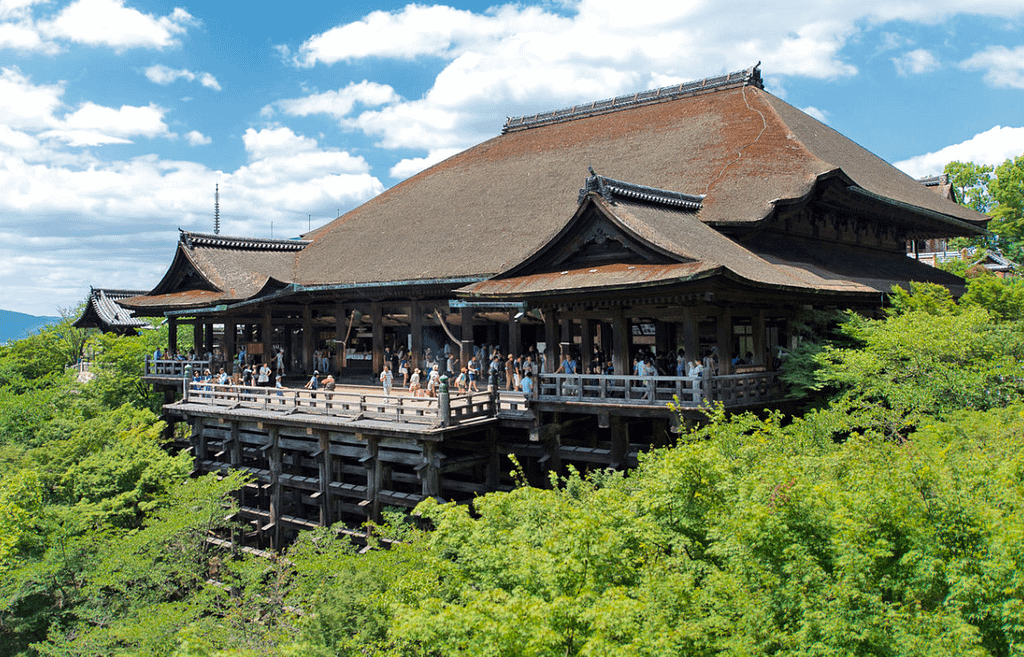
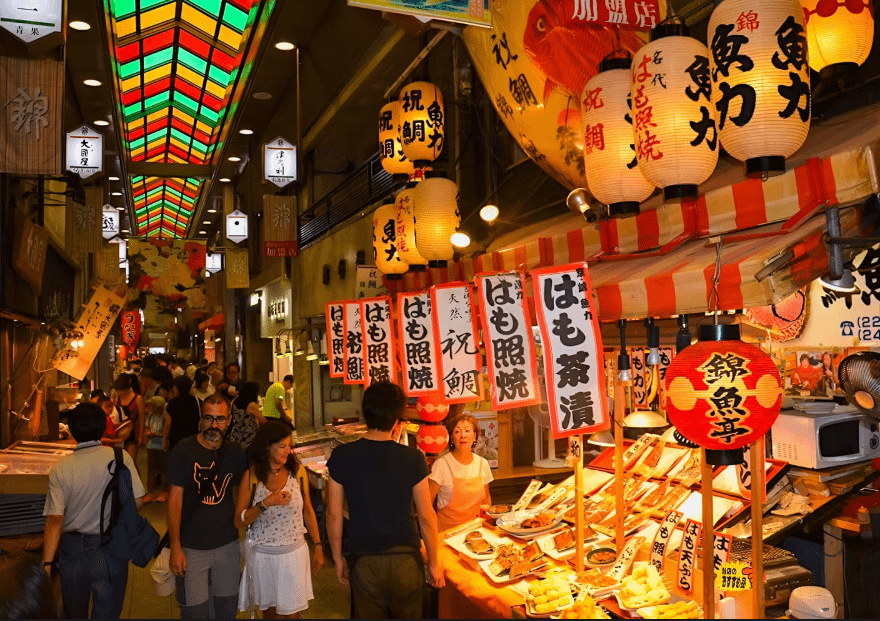
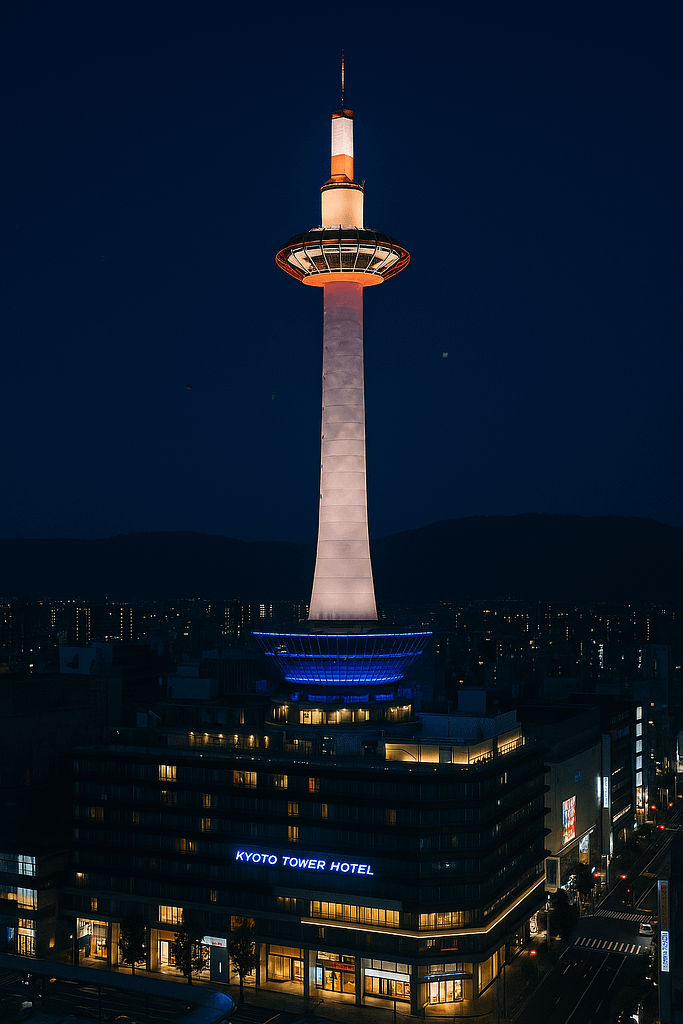
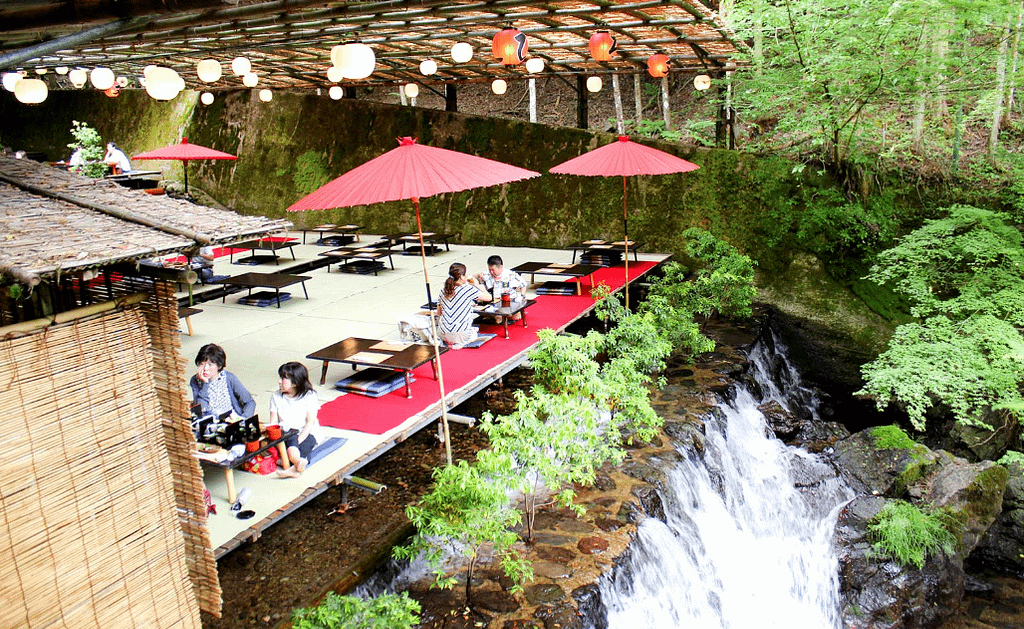














Leave a Reply